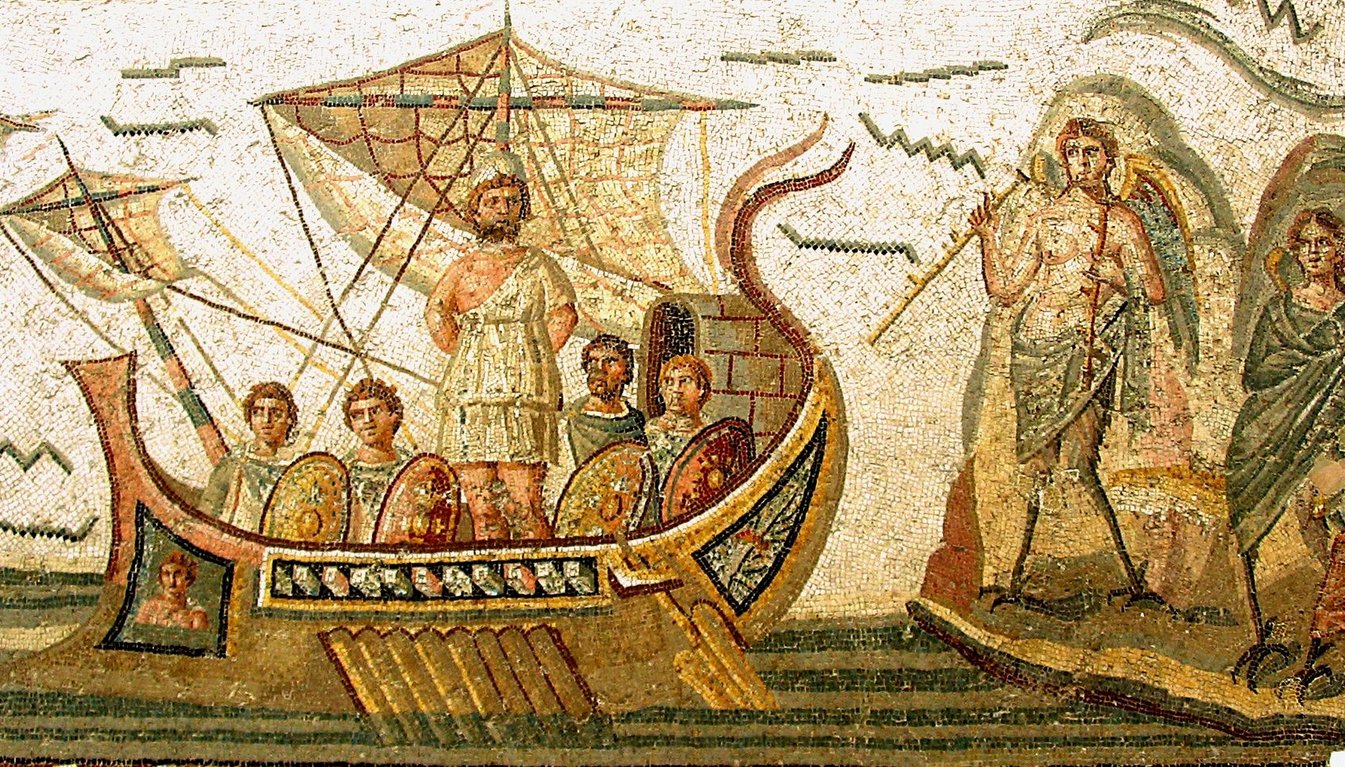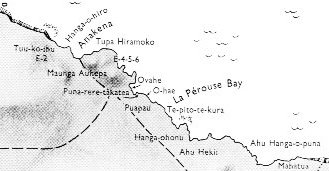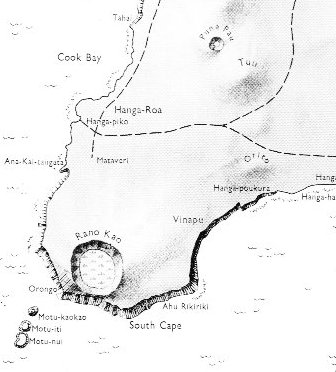The Mangaians of old kept their precessional clock running: ... Men's spirits were thought to dwell in the Milky Way between incarnations. This conception has been handed down as an Orphic and Pythagorean tradition fitting into the frame of the migration of the soul. Macrobius, who has provided the broadest report on the matter, has it that souls ascend by way of Capricorn, and then, in order to be reborn, descend again through the 'Gate of Cancer'. Macrobius talks of signs; the constellations rising at the solstices in his time (and still in ours) were Gemini and Sagittarius: the 'Gate of Cancer' means Gemini. In fact, he states explicitly (I,12.5) that this 'Gate' is 'where the Zodiac and the Milky Way intersect'. Far away, the Mangaians of old (Austral Islands, Polynesia), who kept the precessional clock running instead of switching over to 'signs', claim that only at the evening of the solstitial days can spirits enter heaven, the inhabitants of the northern parts of the island at one solstice, the dwellers in the south at the other ... The rongorongo texts can probably be used to prove that also the Easter Islanders kept their precessional clock running.
... In Manuscript E, we remember, the kuhane of Hau Maka flew in a curve from the mountain Peke Tau O Hiti to the mountain Hau Epa: ... The dream soul came to Rangi Meamea and looked around searchingly. The dream soul spoke: 'Here at last is level land where the king can live.' She named the place 'Rangi Meamea A Hau Maka O Hiva'. The mountain she named 'Peke Tau O Hiti A Hau Maka O Hiva'. The dream soul moved along a curve from Peke Tau O Hiti to the mountain Hau Epa, which she named 'Maunga Hau Epa A Hau Maka O Hiva' ... And the canoe of Ira described a sweeping curve when its journey came to an end in Hanga Te Pau:
Possibly the latter sweep was necessary in order to 'make landfall' with the tail end of the canoe first (as if in order to ensure a quick escape). In the Roman galley below the prow (mua) remained afloat when the rear end (muri) of the 'canoe' was touching the Land of the Dead (cfr the wings and the bird feet): ... to enter a war canoe from either the stern or the prow was equivalent to a 'change of state' or 'death'. Instead, the warrior had to cross the threshold of the side-strakes as a ritual entry into the body of his ancestor as represented by the canoe ... Sweeping curves were used by those who were preparing for the return of Life in spring: ... When it was evident that the years lay ready to burst into life, everyone took hold of them, so that once more would start forth - once again - another (period of) fifty-two years. Then (the two cycles) might proceed to reach one hundred and four [104] years. It was called 'One Age' when twice they had made the round, when twice the times of binding the years had come together. Behold what was done when the years were bound - when was reached the time when they were to draw the new fire, when now its count was accomplished. First they put out fires everywhere in the country round. And the statues, hewn in either wood or stone, kept in each man's home and regarded as gods, were all cast into the water. Also (were) these (cast away) - the pestles and the (three) hearth stones (upon which the cooking pots rested); and everywhere there was much sweeping - there was sweeping very clear. Rubbish was thrown out; none lay in any of the houses ... Here should be added a fragment from Lockyer, which - I think - could motivate an interpretation of the curve as a sign for the polar areas: ... The ancient Egyptians observed the stars and the circumpolar stars they regarded as qualitatively different from the ordinary stars which arrived at the eastern horizon and later disappeard behind the western horizon. The circumpolar stars had a circular motion, whereas the ordinary ones went straight across the sky ... On Easter Island there could have been a connection between the southern polar area and the bay of Hanga Te Pau, and likewise a connection between the northern polar area and the mountain Hau Epa (or Maunga Auhepa).
These places could therefore be 'spirit leaping places', Rei-ga:
... 1. Hanga Te Pau, the landing site of Ira and his band of explorers, is the natural anchorage for those approaching Vinapu by sea. The remarkable stone fronts of the ahu of Vinapu are all facing the sea. The explorers landed at Hanga Te Pau during the month 'Maro', that is, June ... 2. The cult place of Vinapu is located between the fifth and sixth segment of the dream voyage of Hau Maka. These segments, named 'Te Kioe Uri' (inland from Vinapu) and 'Te Piringa Aniva' (near Hanga Pau Kura) flank Vinapu from both the west and the east. The decoded meaning of the names 'the dark rat' (i.e., the island king as the recipient of gifts) and 'the gathering place of the island population' (for the purpose of presenting the island king with gifts) links them with the month 'Maro', which is June. Thus the last month of the Easter Island year is twice connected with Vinapu. Also, June is the month of summer solstice [a mistake: south of the equator it is winter solstice], which again points to the possibility that the Vinapu complex was used for astronomical purposes. 3. On the 'second list of place names', Hanga Te Pau is called 'the middle (zenith) of the land' (he tini o te kainga). This may refer to a line bisecting the island, but it can just as easily mean the gathering of a great number (of islanders). The plaza (130 x 130 meters) would have been very well suited for this purpose. 4. The transformation of the 'second list of place names' into a lunar calendar links Hanga Te Pau and Rano Kau. A similar linkage occurs in connection with the third son of Hotu Matua between the 'pebbles of Hanga Te Pau' and his name 'Tuu Rano Kau'. There can be no doubt that Vinapu was dependent on the economic resources of the large crater ... (The Eighth Island)
Obviously Gb7-24 referred to Polaris:
But the meaning of Ga1-3 is so far less clear. |
|||||||||||||||||||||||||||||||||||||||||||||||||||||||||||||||||||||||||||||||||||||||||||||||||||||||||||||||




